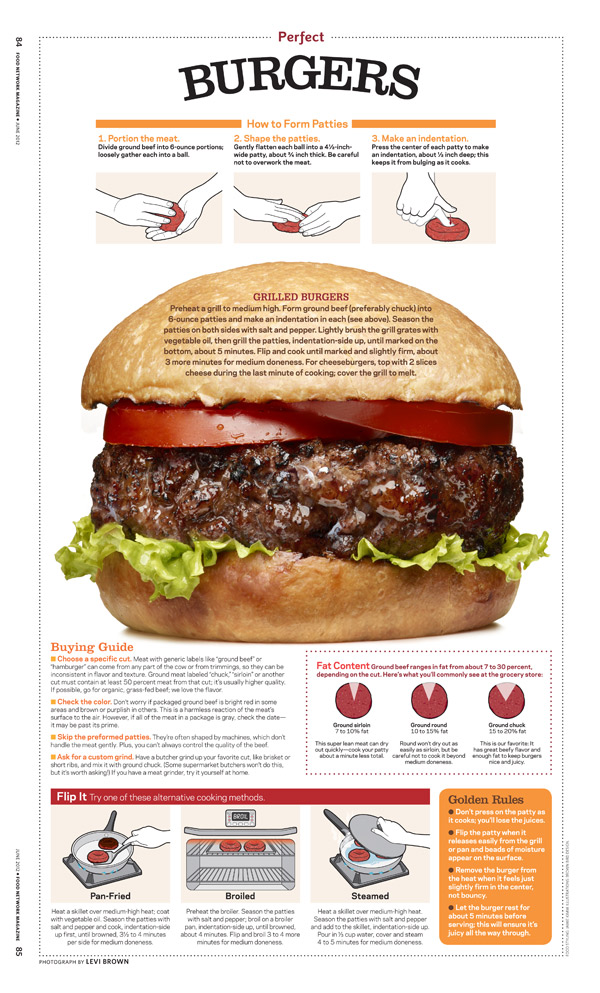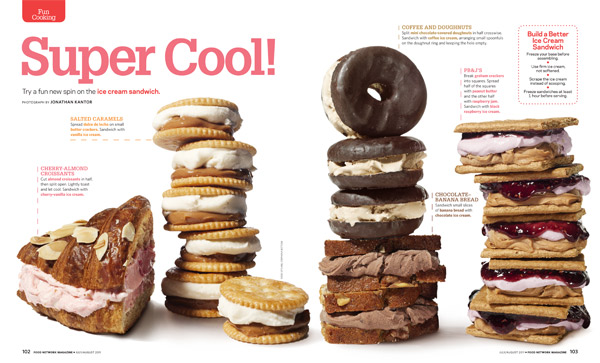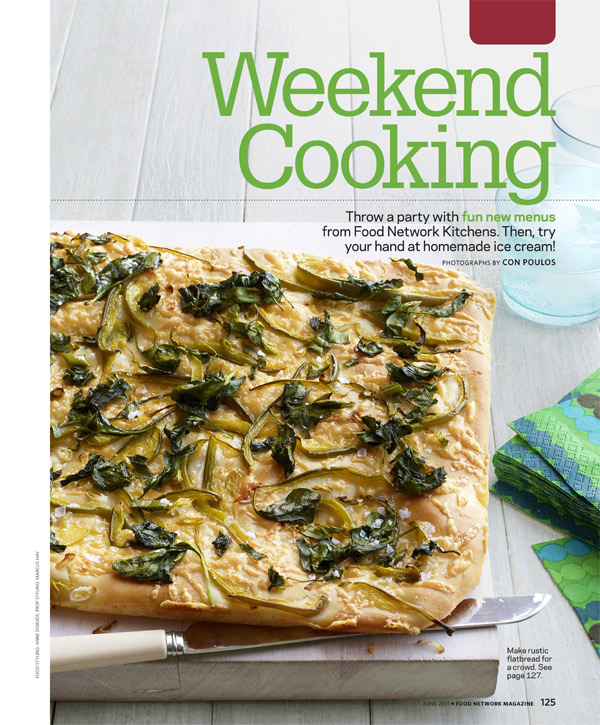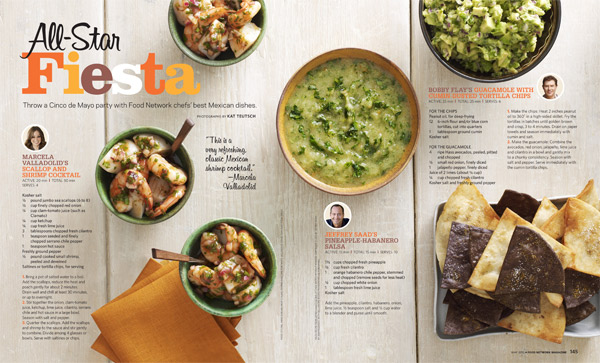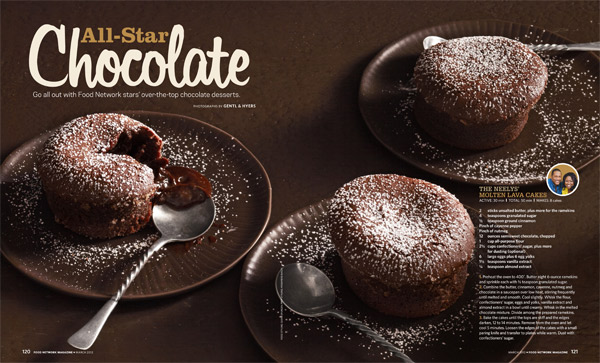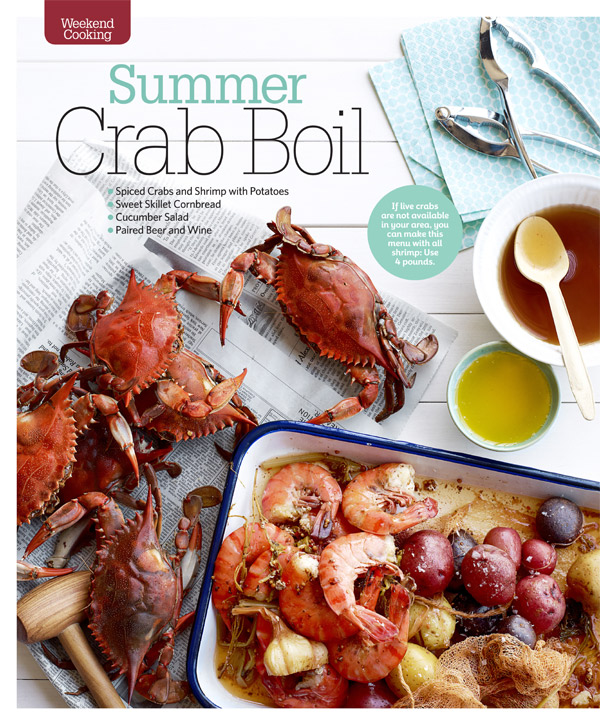Share
6 Questions with Food Network Magazine’s Deputy Photo Editor
The Food Network has grown into somewhat of an empire over the past few years: what started as a small-time cooking channel has expanded into a un...
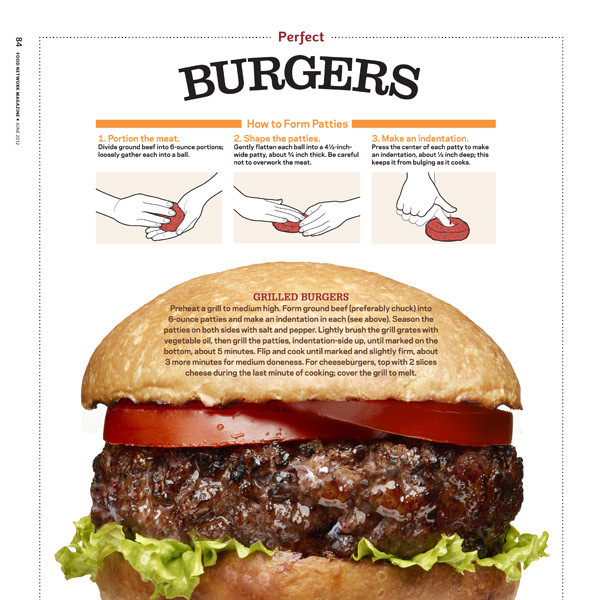
The Food Network has grown into somewhat of an empire over the past few years: what started as a small-time cooking channel has expanded into a unique lifestyle network that strives to be “way more than cooking.” That being said, food remains at the forefront of the brand, and in 2009, Hearst Corporation partnered with Scripps Networks Interactive (The Food Network’s parent company) to officially launch Food Network Magazine.
The magazine was initially approached tentatively by executives and advertisers, but it quickly grew to reach over 5 million readers by 2010. Food Network Magazine may be such a success because it is the only magazine to offer access to many of America’s favorite TV “celebrity” chefs, such as Paula Deen, Bobby Flay, Ina Garten and more. The tone tends to be fun, playful, and appealing to a wide range of ages and culinary abilities.
We spoke with Food Network Magazine Deputy Photo Editor, Kathleen Bednarek, to get the inside scoop on how the magazine uses photography to showcase original recipes, new restaurants, behind-the-scenes looks at chefs’ kitchens, and more. Not surprisingly, Kathleen seeks out photographers who are just as fun to work with as the food is to shoot.
1. In your words, what is Food Network Magazine‘s photographic style?
Food Network Magazine utilizes photography to the fullest. We photograph every recipe that runs in each issue – that’s a lot of photos! Our photographic style is that the focus is always on the food – it should look delicious, fun, and inviting.
2. Roughly how much photography in any given issue is pickup (i.e. stock) vs. commissioned work?
Sometimes it varies, but for the most part, 85% of the magazine is commissioned and the rest is pickup.
3. How do you and your team research images and new photographers?
Finding the right food photographer to shoot a commissioned shoot on site in Alaska, for example, definitely involves research. When we shoot in a studio (our studio food shoots are primarily in NYC), we have a good sense of who we’d like to shoot with.
For pick up, we sometimes reach out to photographers for usage, but primarily stock sites such as Getty, Istock, Fotolia, and Alamy.
4. Do you have a number of go-to photographers for commissioned work?
We have a number of go-to photographers that are on our roster, but we also love to research and hire new photographers. I like to reference agencies, promos, and other publications for new talent.
5. Once you commission a photographer, how is their works used?
We have an embargo time (i.e. a specified period of time where you cannot sell or feature your work elsewhere), and since Food Network has such an online presence, we require online usage.
6. When looking through a food photographer’s portfolio, what kind of imagery catches your eye?
If the approach is fresh, it’ll catch my eye. I’d suggest that photographers should shoot whatever they are drawn to, whether it’s food, lifestyle, fashion, portraits, still life, etc. They should test frequently, even if they are at the beginning stages of having their work published and recognized.
It’s always so exciting to see new, up-and-coming photographers who are testing and updating their sites or personal blogs. Sending promos via mail/email is a great way to start a dialogue.
To read more interviews from photo buyers in other industries – like Random House, Billboard.com, and more – check out the 2012 Survey: What Buyers Want from Photographers.
